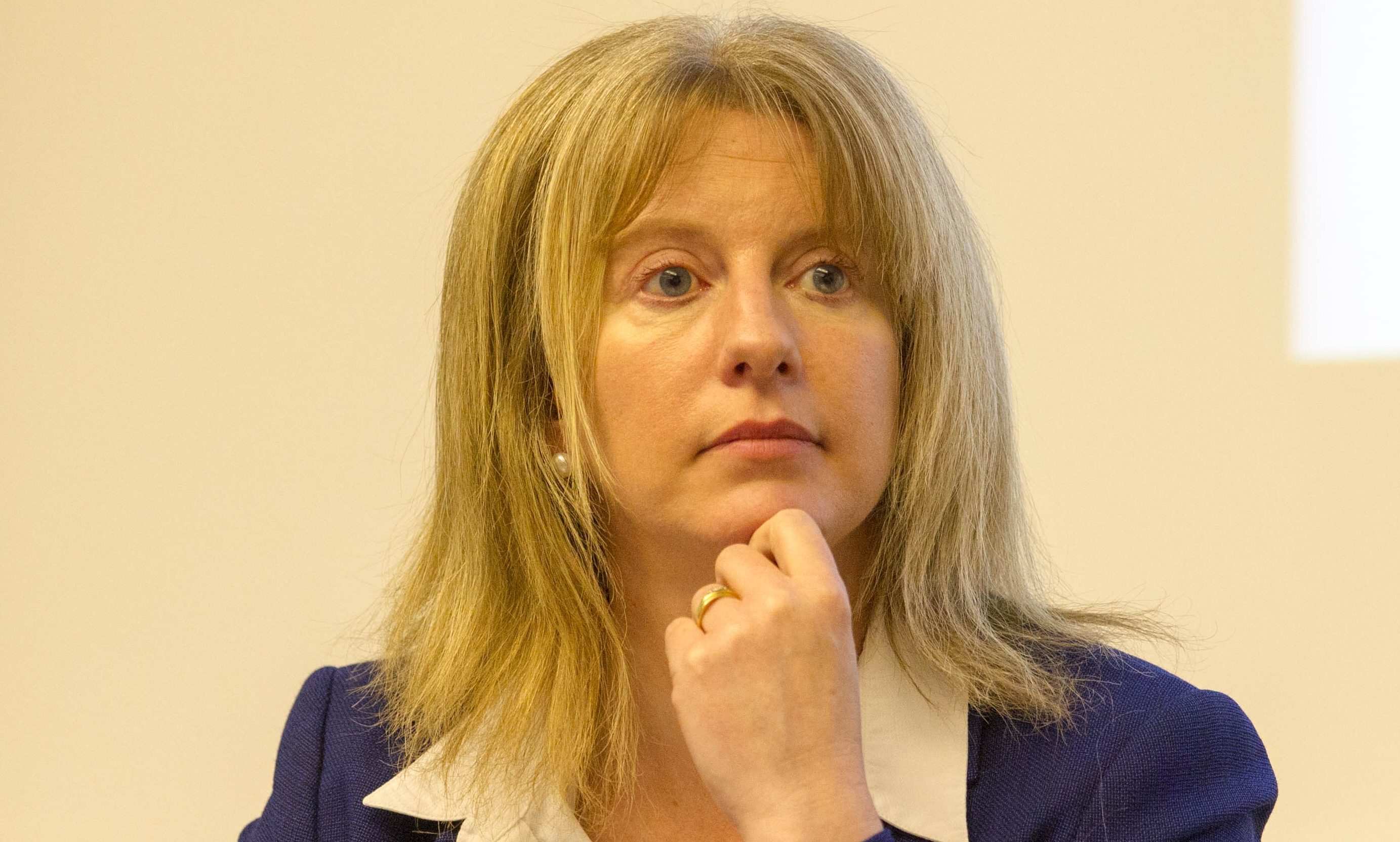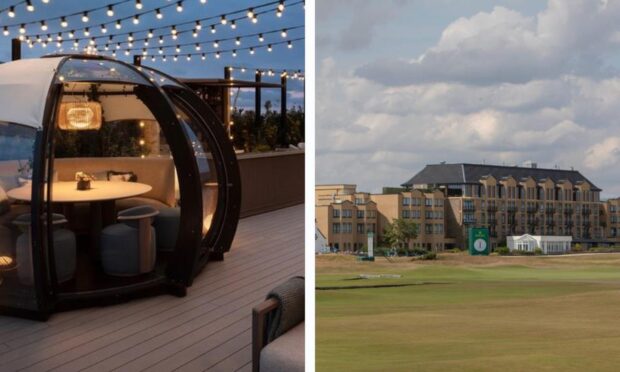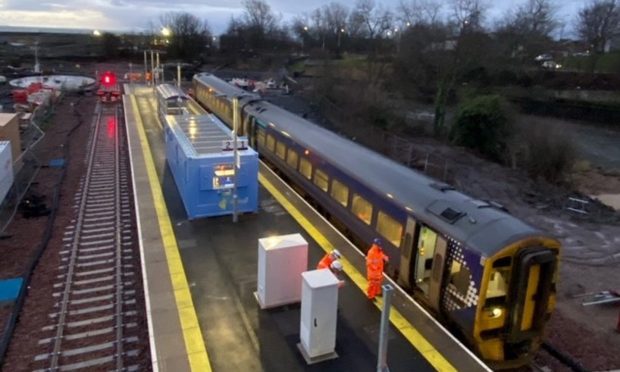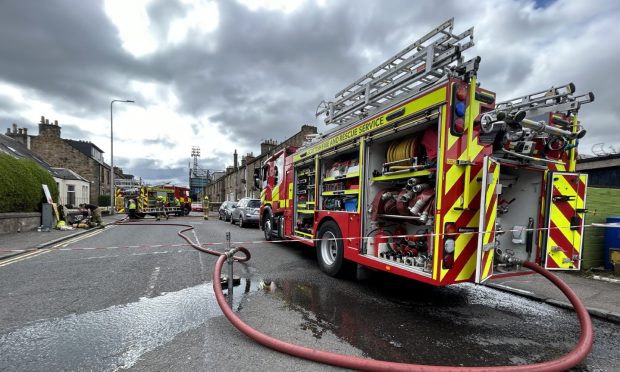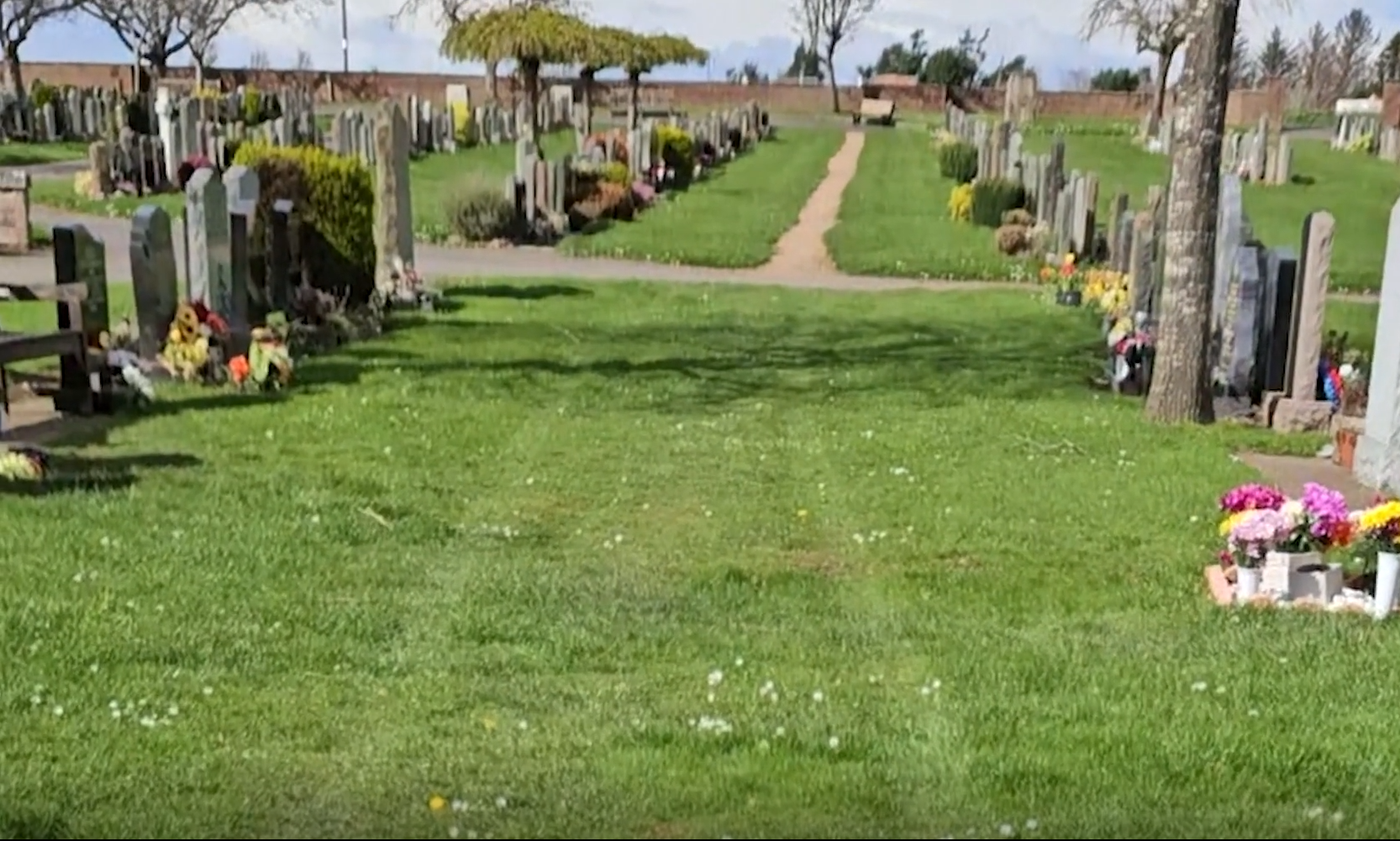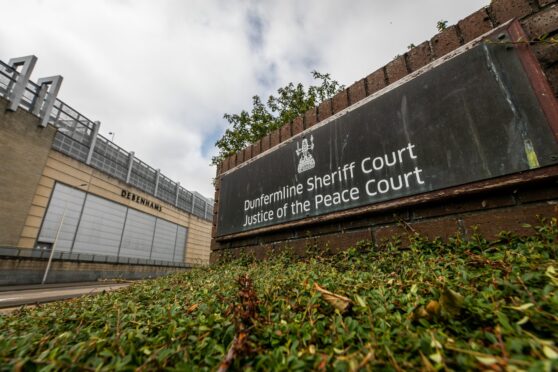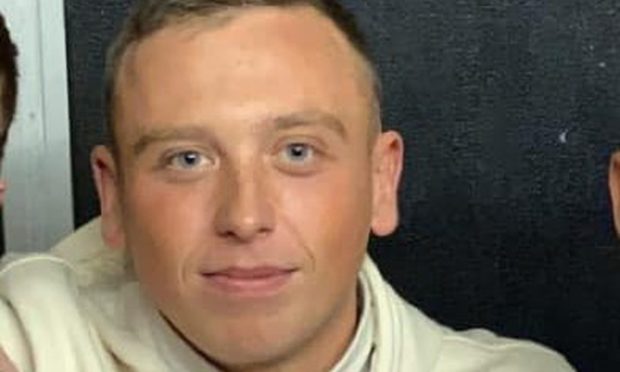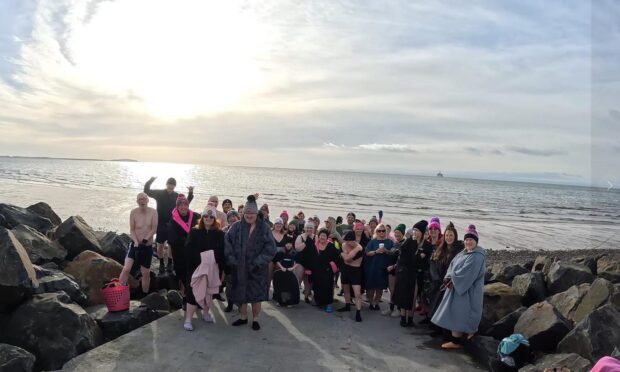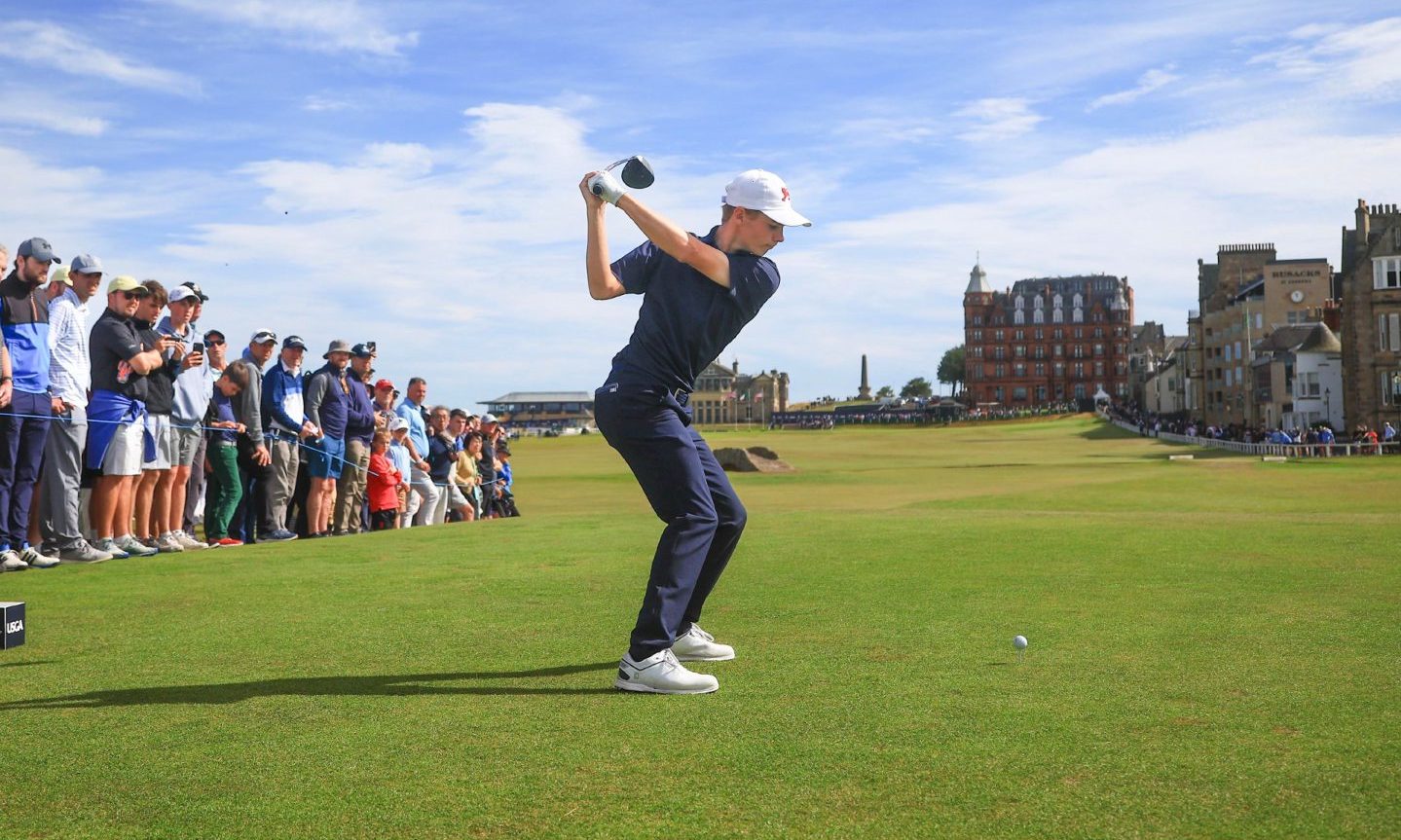The number of Fife patients who had to wait more than three months for treatment has doubled in a year, official figures show.
There were 108 people in the kingdom waiting more than 12 weeks for inpatient and day case treatment between July and September this year.
That compares with 45 in the same period in 2015, Scottish Government figures published on Tuesday reveal.
NHS Fife chiefs say its performance in the 12-week treatment time guarantee (TTG) continue to be among the best in Scotland.
But Scottish Conservative shadow health secretary Donald Cameron said the trend in Fife is “extremely worrying”.
“It’s yet another grim report revealing how the NHS is being allowed to decline on the SNP’s watch, and patients across the kingdom are paying the price,” he said.
In 2011, Holyrood established a legal right for eligible patients – those who have to stay overnight as inpatients or have more involved daytime procedures than outpatients – to receive their treatment a maximum of 12 weeks after it was planned.
A spokesman for NHS Fife said Health Secretary Shona Robison acknowledged their strong TTG performance in August.
He suggested the health board had been victims of its own success by improving outpatient performance.
“Significant improvements in our outpatient performance over recent months has seen the number of patients waiting over twelve weeks fall from around 2,500 to around 700,” he said.
“A by-product of this success is that initial outpatient assessment often transitions into inpatient care, which has caused some backlog.”
“Importantly, there is a robust triage system in place to expedite surgical priorities and ensure those most in need of surgical attention are treated first.”
Ms Robison said the “performance of our hospitals in scheduled care is simply short of what we expect”.
She unveiled a new strategy on Tuesday to ease pressure on hospitals amid rising demand for services.
“Our NHS must continually evolve to meet the increasing demands it faces,” she added.
“Today I am setting out a plan to ensure people get seen by the most appropriate health professional, often closer to home and ending many repeated, unnecessary trips to hospital.”
